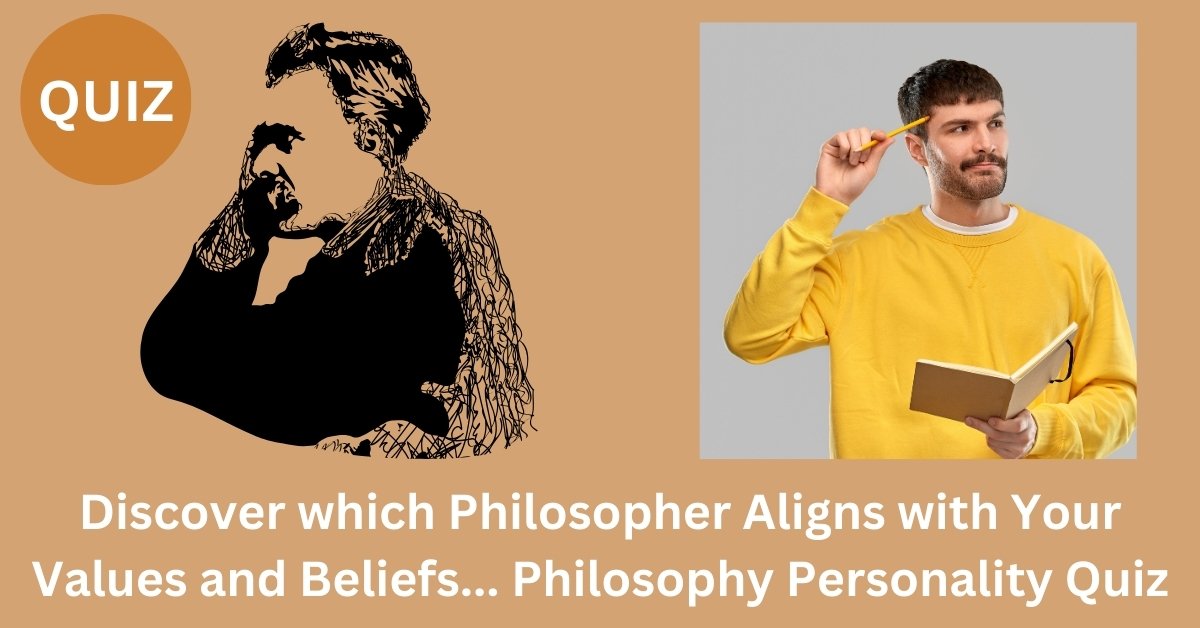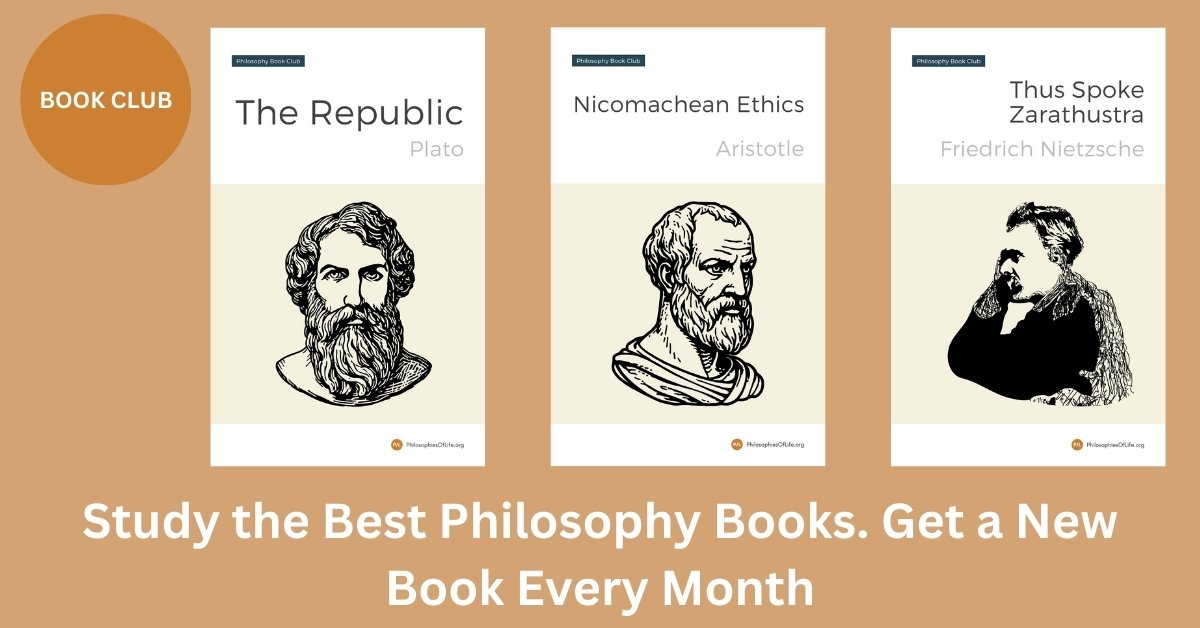Understanding key concepts in philosophy can greatly influence the way we approach and develop our own perspectives on life. One such concept is the idea of the “death of the real,” which holds an important place in the philosophy of Jean Baudrillard. While many are familiar with this idea, its deeper significance is often overlooked. Gaining a clear understanding of this philosophical notion can have a profound impact on how we shape our own views and philosophies. This article seeks to examine Jean Baudrillard’s philosophy, the concept of the death of the real, and their importance in the broader context of the philosophy of life.
Key features of Jean Baudrillard’s philosophy
Jean Baudrillard was a French philosopher and sociologist best known for his ideas about how reality, society, and meaning are influenced by symbols and images. One of his key concepts is “simulation,” which describes how modern society often blurs the line between reality and representation. According to Baudrillard, simulations are copies of things that no longer have an original; they create a world of “hyperreality,” where the distinction between what’s real and what’s fabricated becomes unclear. For example, in hyperreality, a movie or advertisement can shape how people perceive the real world, making the representation feel more “real” than reality itself.
Another important idea from Baudrillard is the “precession of simulacra,” which suggests that symbols and images no longer reflect reality but actually shape and replace it. This can be seen in consumer culture, where branding and marketing often matter more than the actual products. He also explored the idea that in modern societies, everything is reduced to signs, distancing people from genuine experiences.
Baudrillard’s work critiques the influence of media, technology, and consumerism on society. His philosophy challenges us to question how much of what we experience is constructed and controlled by images and systems, rather than by authentic reality. Though his ideas can seem abstract, they offer insight into how modern life is shaped by the symbols and signs around us.
What is the death of the real?
Jean Baudrillard’s concept of the “death of the real” revolves around the idea that in modern society, reality has been replaced by simulations. According to him, we live in an age where representations, or copies of things, dominate and eventually blur the line between what is real and what is fabricated. He argued that these representations, which he called “simulacra,” create a world where reality no longer exists in a pure form. Instead of experiencing something authentic, people interact with versions of reality that are shaped by media, technology, and culture.
Baudrillard believed that this process leads to a condition where the concept of the “real” loses its meaning and significance. Rather than being grounded in actual experiences or facts, reality becomes a simulation—a creation that only refers to itself, not to anything tangible or true. This shift, he claimed, erases the boundary between truth and illusion, making it difficult to distinguish what is truly real from what is a constructed representation. For Baudrillard, the “death of the real” reflects a fundamental transformation in how people understand and engage with the world around them. Reality, in this sense, no longer holds firm; it dissolves into a system of endless simulations.
This example clearly demonstrates this philosophical perspective. Imagine a society consumed by advertisements, where images of happiness, wealth, and beauty dominate every medium. A product, such as a perfume, is marketed not just for the scent but as a symbol of elegance and desire. Over time, the product itself becomes irrelevant—what matters is the image and the feelings it promises. People buy into the illusion, pursuing symbolic representations rather than the actual reality of the product. The essence of the perfume, its creation, and its real purpose blur into insignificance compared to the glossy commercials and celebrity endorsements surrounding it. This disconnect reflects a situation where the representation overtakes and replaces reality, leaving individuals captivated by a world of simulations that feel more real than the authentic experience itself. Such scenarios often highlight how media and marketing construct and redefine perceptions of reality in modern life.
Challenges to Jean Baudrillard’s view about the death of the real
Jean Baudrillard’s ideas about the death of the real have faced criticism from various philosophers for several reasons, particularly due to concerns about the implications of his arguments and the practicality of his claims. One central objection comes from the belief that Baudrillard’s view undermines the importance of objective reality. Critics argue that dismissing the real as irrelevant or nonexistent could lead to a dangerous form of relativism where facts and truths are disregarded. This kind of thinking, they contend, risks stripping meaningful discourse of its foundation, making it difficult to challenge misinformation or address real-world problems such as injustice, inequality, or environmental crises.
Another critique focuses on the perceived pessimism or fatalism in Baudrillard’s claims. Philosophers who reject his view argue that his theories imply a sense of inevitability, suggesting that humanity is trapped in a world where distinctions between the real and the simulated have entirely dissolved. This perspective, according to critics, can be disempowering, leaving people feeling helpless rather than motivated to engage with or improve their reality. They believe that individuals and societies still possess the ability to understand and act upon reality, even in a media-saturated age.
Additionally, some philosophers take issue with the lack of empirical evidence behind Baudrillard’s arguments. They argue that his ideas, while provocative and intriguing, are often abstract and lack concrete support. Philosophers with more empirical or pragmatic orientations may find his claims too rooted in speculation, making them difficult to apply to everyday experiences or to challenge in a meaningful way. This raises concerns about whether his theories are useful or practical for discussing the complexities of modern life.
Finally, critics have also pointed out that Baudrillard’s theories leave little room for human agency. By emphasizing the dominance of simulacra and hyperreality, his ideas can be interpreted as denying individuals the ability to critically analyze or resist the structures around them. Philosophers who advocate for human agency argue that people are not entirely powerless and can still engage critically with media, technology, and societal structures to discern and uphold objective truths.
These objections highlight the tension between Baudrillard’s provocative ideas and more traditional philosophies that prioritize grounded, actionable, and evidence-based approaches to understanding reality.
Why the death of the real is important to Jean Baudrillard’s philosophy
These are some of the main reasons why grasping the concept of the death of the real is crucial to understanding Jean Baudrillard’s philosophy.
- It highlights how modern society is shaped by simulations.
The concept of the death of the real directs attention to how representations in modern society no longer refer to reality but to other representations. For example, advertisements, movies, and news often showcase a world that appears real but is entirely constructed or shaped by media narratives. These simulations create an experience that people come to treat as reality, even though it is divorced from the truth. Understanding this helps us see how culture and media influence perceptions, shaping a version of the world that may be entirely artificial but widely accepted as real.
- It questions the authenticity of experiences.
The idea challenges individuals to think about what is authentic in their daily lives. Experiences like online interactions, virtual reality, or even heavily edited photos may feel genuine, but they exist within a constructed reality far from the original substance. This concern about authenticity goes beyond trivial matters, influencing how people perceive relationships, identities, and even events. Grasping this reasoning shows how the death of the real affects not just general ideas but also personal understanding of the world.
- It reveals how power operates in unseen ways.
When reality is replaced by images or copies of images, it becomes harder to identify who controls the narrative. This idea suggests that those who create simulations wield enormous influence, even if their involvement is hidden. Governments, corporations, and media outlets can shape a society’s perceptions while remaining in the background of these simulations. Understanding this reason sheds light on how power can operate in subtle yet pervasive ways, blurring the lines between manipulation and truth.
Contrasting Jean Baudrillard’s philosophy with Descartes’s philosophy
Jean Baudrillard’s view about the “death of the real” offers a striking contrast to the philosophy of Descartes. Descartes famously declared, “I think, therefore I am,” emphasizing the certainty of existence through reason and the conscious mind. For Descartes, reality was something that could be logically understood and trusted, grounded in clear distinctions between mind, body, and the external world. His philosophy placed faith in human perception and reasoning as tools for uncovering true reality, even if it required doubt as a starting point.
Baudrillard, on the other hand, challenges the idea that reality is something fixed or knowable. His perspective suggests that in modern society, what we perceive as “real” is increasingly replaced by simulations—copies of something that no longer has an original. This notion stands in opposition to Descartes’ confidence in a stable reality. While Descartes sought to ground truth in the certainties provided by thought and existence, Baudrillard argues that the truth itself has become unattainable in a world dominated by images, symbols, and representations.
Ultimately, Baudrillard’s philosophy diverges from Descartes by rejecting the foundational assumption that reality is accessible or even exists in a meaningful form. While Descartes aimed to uncover reality through reason, Baudrillard sees the concept of “real” as something that has been dismantled in an age of hyperreality.
The Death Of The Real, Jean Baudrillard’s philosophy and the philosophy of life
Reflecting on Jean Baudrillard’s ideas, particularly his view regarding the “death of the real,” encourages us to critically analyze the world we live in and the ways we perceive reality. Whether or not one agrees with his perspective, engaging with his philosophy provides an opportunity to question the assumptions and frameworks that shape our understanding of existence. At its core, such reflection pushes us to think deeply about authenticity, our relationship with truth, and how we construct meaning in a world increasingly mediated by technology, symbols, and representations.
This process of questioning matters because developing a personal philosophy of life requires clarity about what we value and why. Baudrillard’s ideas challenge us to consider how much of what we take for granted is filtered through external forces—media, societal expectations, or the influence of technology. These external factors often blur the line between what is real and what is fabricated, making it crucial to pause and critically evaluate the sources of our beliefs and experiences. By doing so, we gain a deeper appreciation for what feels meaningful and authentic in our own lives, helping us shape a worldview rooted in deliberate thought rather than passive acceptance.
Additionally, reflecting on Baudrillard’s philosophy fosters the habit of questioning appearances, an important skill in a world dominated by rapid information and digital experiences. It encourages us to discern what is meaningful amidst the noise of a hyperconnected environment, teaching us to recognize distractions that might detract from our deeper goals and values. This ability to cut through surface-level simulations to find depth is valuable for personal growth, helping us cultivate a life that resonates with inner purpose rather than fleeting illusions.
Ultimately, even if one disagrees with Baudrillard’s conclusions, his philosophy offers a lens through which to examine the complexities of modern existence. It prompts us to think about how we engage with the world, how we define reality, and what kind of life we want to lead. By integrating this practice of questioning into our personal philosophy, we develop a more thoughtful and intentional approach to life—one that acknowledges challenges but seeks authenticity in the choices we make and the relationships we build.
Further reading
Baudrillard, J. (1983). Simulations (P. Foss, P. Patton, & P. Beitchman, Trans.). Semiotext(e).
Baudrillard, J. (1994). Simulacra and Simulation (S. Glaser, Trans.). University of Michigan Press.
Bauman, Z. (1992). Intimations of Postmodernity. Routledge.
Best, S., & Kellner, D. (1991). Postmodern theory: Critical interrogations. Guilford Press.
Debord, G. (1994). The Society of the Spectacle (D. Nicholson-Smith, Trans.). Zone Books.
Eco, U. (1986). Travels in Hyperreality (W. Weaver, Trans.). Harcourt Brace.
Foucault, M. (1980). Power/Knowledge: Selected Interviews and Other Writings, 1972–1977 (C. Gordon, Ed.). Pantheon.
Jameson, F. (1991). Postmodernism, or, The Cultural Logic of Late Capitalism. Duke University Press.
Kroker, A., & Kroker, M. (1993). The Hysterical Sublime. St. Martin’s Press.
Poster, M. (1988). Jean Baudrillard: Selected Writings. Stanford University Press.
Virilio, P. (1991). The Aesthetics of Disappearance (P. Beitchman, Trans.). Semiotext(e).


